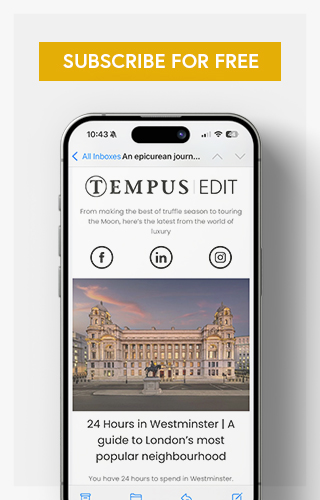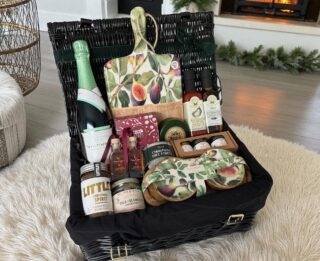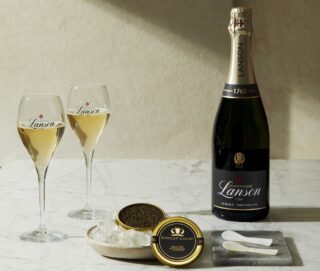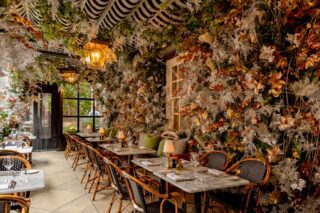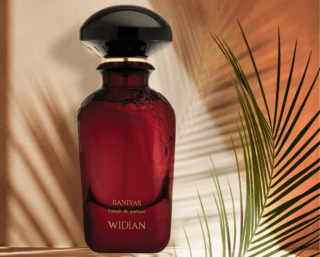This website uses cookies so that we can provide you with the best user experience possible. Cookie information is stored in your browser and performs functions such as recognising you when you return to our website and helping our team to understand which sections of the website you find most interesting and useful.
Interview: Pal Zileri CEO Leo Scordo on masculinity in the modern age
By Tessa Crowley | 23 May 2025 | Design, Style
CEO of quintessential Italian tailor Pal Zileri, Leo Scordo talks to Tempus about marketing, menswear and modern masculinity
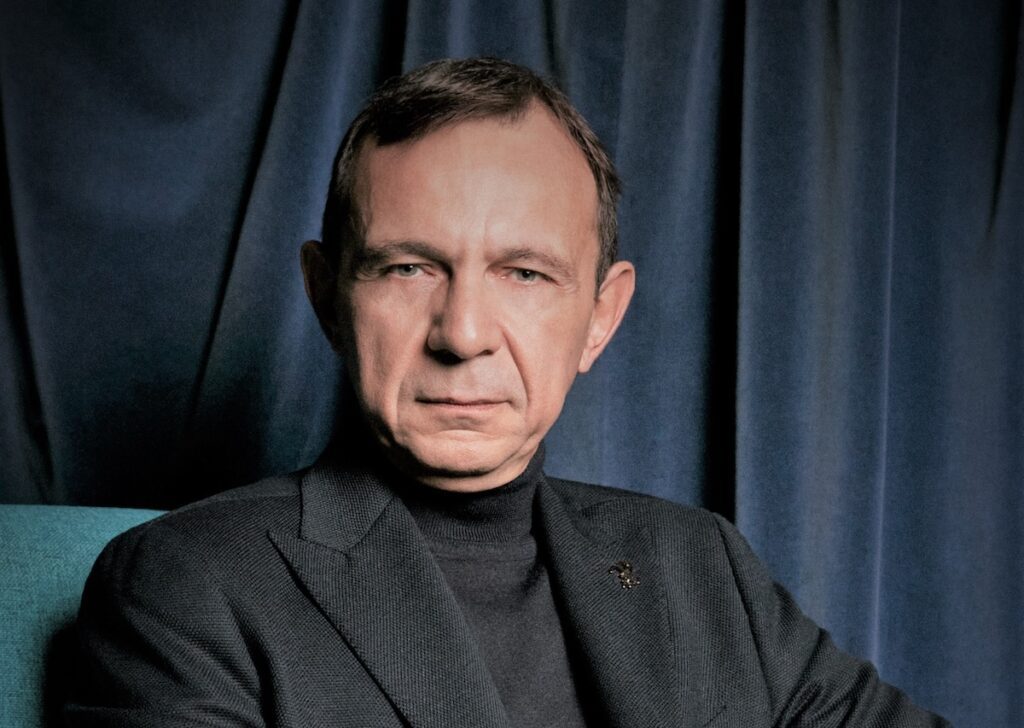 For those attuned to sartorial excellence, the name Pal Zileri needs no introduction. One of the big four in luxury Italian menswear, the iconic brand has long been synonymous with impeccable tailoring. Founded 42 years ago in Vincenza in Veneto, a north-eastern region of Italy, it has deep roots and a storied history.
For those attuned to sartorial excellence, the name Pal Zileri needs no introduction. One of the big four in luxury Italian menswear, the iconic brand has long been synonymous with impeccable tailoring. Founded 42 years ago in Vincenza in Veneto, a north-eastern region of Italy, it has deep roots and a storied history.
Celebrated for democratising impeccable tailoring, the appointment of Leo Scordo as CEO in 2021 signaled a transformative moment for the classic brand. In conversation with Leo, we uncover his creative approach, leadership philosophy, and how Pal Zileri speaks to today’s evolving expressions of masculinity.
Tell us about Pal Zileri, what does it stand for?
The idea [for Pal Zileri] was to be democratic, for a premium customer looking for a pure, made in Italy, yet affordable and easy to wear garment. It’s 100% menswear, 100% made in Italy, 100% tailoring.
The company started life as Forall [For All], a production company. How did it grow to become the brand as it stands today?
About 12 years ago, there was a kind of crisis in tailoring. Starting from casual Fridays, there was a casualisation of menswear. Companies had to make decisions on how to present themselves to a new market and, overall, a new customer. When I joined, we decided to shift from pure tailoring to classic tailoring with urban casual. The company had huge collections, a lot of overlaps, and we bought an excess of volume—raw materials, fabrics, everything. We heavily cut the collections—our customers did not complain. They used to find 15 different shades of gray so when they found nine shades of gray they were happy.
At the same time I started to develop a casual collection; outerwear, sport trousers, soft jackets, denim. The trick was consistency, so the tailoring matched into the casual collection. The theme might be a holiday in Paris or springtime in London, with consistent colours and layering combinations. We guaranteed coordination.
Now, there’s consistency from the development of the collection, to the selling, to the marketing activities. 95% of the time the looks that we show in the wardrobe are the looks we shoot for the advertising campaign and editorials. 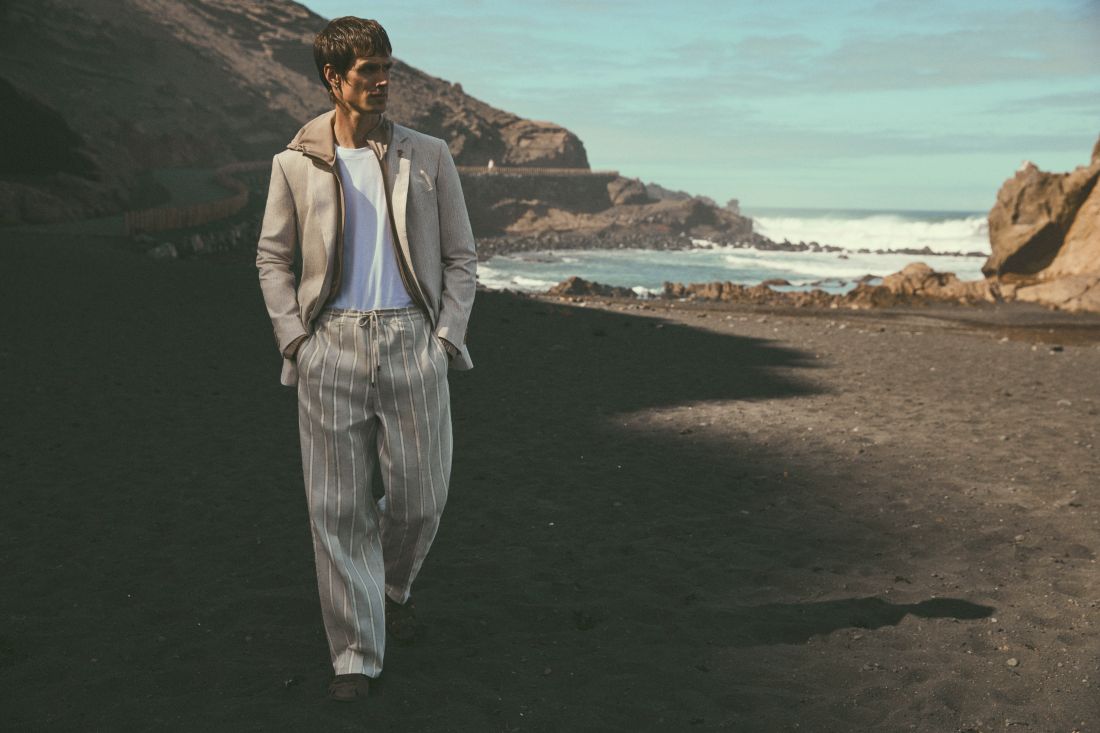 You took the helm five years ago. With that cultural and sartorial shift, it must have been quite a challenge to take on.
You took the helm five years ago. With that cultural and sartorial shift, it must have been quite a challenge to take on.
Before joining Pal Zileri, during my last years with Zegna, I went through a very similar process. I’m a CEO coming, not from finance, but from product and merchandising. I love the product development. When I joined Pal Zileri, we had a tailoring issue on one side, while the hype on streetwear was also decreasing. Consumers were looking for elegance but also performance. They are commuting; fashion conscious, but not fashion victims. The challenge was to create a package of beautiful products covering the business side but also the leisure side. It was attractive to me and I have to say honestly the results have been pretty good both commercially and…financially. The company is achieving very interesting results.
You’ve brought a lot of change to a very established business. How has that been received?
The biggest change has been in the cultural values of people working in the company. 35 years is such a long time in a place. Change is always [perceived as] difficult and dangerous, something that is unknown. You have to be understanding. At the beginning it was not easy to break the [mindset around] doing things every day like the day before. So it was a process, very challenging but also very motivating.
What about your customers, what has their response been?
It was absolutely well received and the reason is this consistency between what we do and what we communicate. Effortless Attitude [Pal Zileri’s motto] is the new way to wear, not just sports pieces, but also tailoring. Our bestselling category today is knitwear, not suits or jackets. Our customer is wearing jersey t-shirts, polos or lightweight knitwear under their suits.
This is the success, helping people to wear [outfits] in a different way, where casual pieces and tailoring can mix and match together to create an effortless look. I have to say honestly it’s quite unique.
Related article: Molly Anderson talks championing women’s tailoring on Savile Row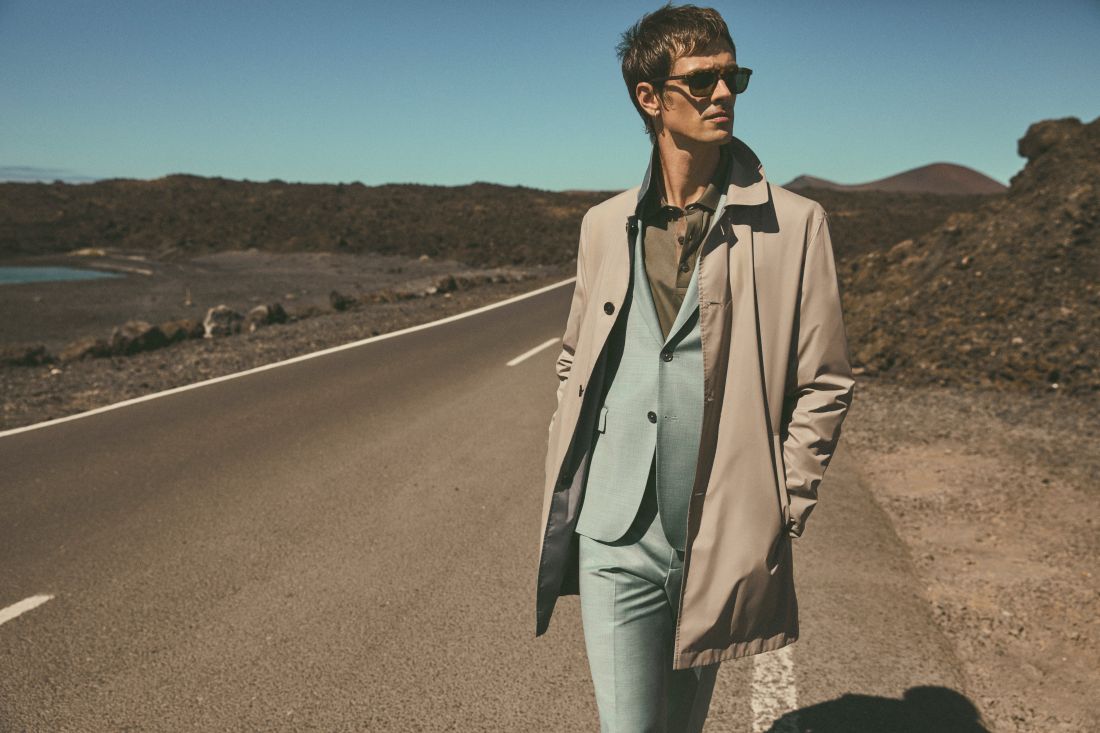 Let’s talk about masculinity. As a menswear brand, it’s central to your identity as a business. How do you design for masculinity in the modern age?
Let’s talk about masculinity. As a menswear brand, it’s central to your identity as a business. How do you design for masculinity in the modern age?
Masculinity in the modern age is quite different than it used to be years ago. We used to sell suits to the American department stores, buyers were always asking for what they call power suits. So the idea of masculinity or tailoring used to be very much linked to power, to success, to recognition, to something that was strong. And people used to buy and wear suits to show they succeeded. The suits were wearing the people.
Today, masculinity from a cultural perspective is moving from a sense of power to a sense of feeling well within oneself. The man is talking, the suit is just a representation of what he is talking about.
You’re a brand with deep roots in Italy, however the UK is a growing market, with over 35% of your commerce generated here. What is it about Pal Zileri, this very iconic Italian menswear, that appeals to the British consumer?
The UK is one of those markets absolutely top for our sales and, for online sales, it’s absolutely number one. The UK has a tailoring heritage so, many years ago when we first came to the UK market, the reaction was good. Paleri is positioned at a premium or accessible price level. It’s an Italian brand offering a total look collection, tailoring and sportswear, in the premium market. It’s quite unique.
There are many beautiful brands doing beautiful products in specific product categories, but there are very few, if any, presenting a total collection, in the medium or medium high segment. Our competitors today — either you go up to pure luxury, or down to entry price. 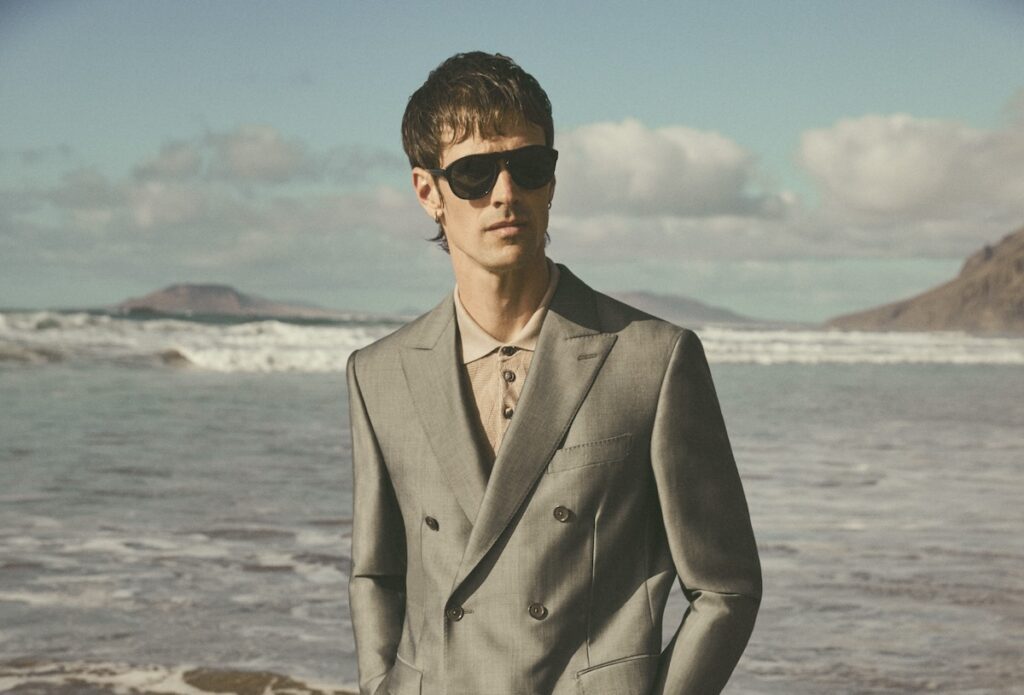 Can you tell us about the current collection, what does it represent?
Can you tell us about the current collection, what does it represent?
Spring/summer 25 is the collection on the floor right now. It’s a refined, elegant collection, inspired by our will to be effortless. Our pieces really represent the kind of guys that wear them. A few years ago we decided not to use professional models in our advertising campaign. We use beautiful men that are doing a totally different job for a living; chefs, musicians, motorcycle riders and so forth. It’s about authenticity, natural colours, fibers and layering.
What’s the process behind bringing a collection to life?
We start from the collection briefing, then discuss where we go and what we want to communicate — to the customer, to the trade and finally in advertising.
The last collections are chapters of a big journey, each linked to a book. I don’t know yet but the next could be linked to One Thousand and One Nights, or another popular book around travelling. Once the briefing is set we start on the process product side — we are a product company first, we have to make beautiful products. Then, the thing I like the most in the process, is merchandising the product categories together, to create the wardrobes. We will create four, with four looks.
After that, we present the collection and, after feedback from our retail and major wholesale customers, decide which looks will be advertised in the campaign. We choose a location consistent with the idea of travelling. Spring/summer 25 has been shot in a very wild place, an empty place where people could have an intimate relationship with the products. This will be the same process for the next collection.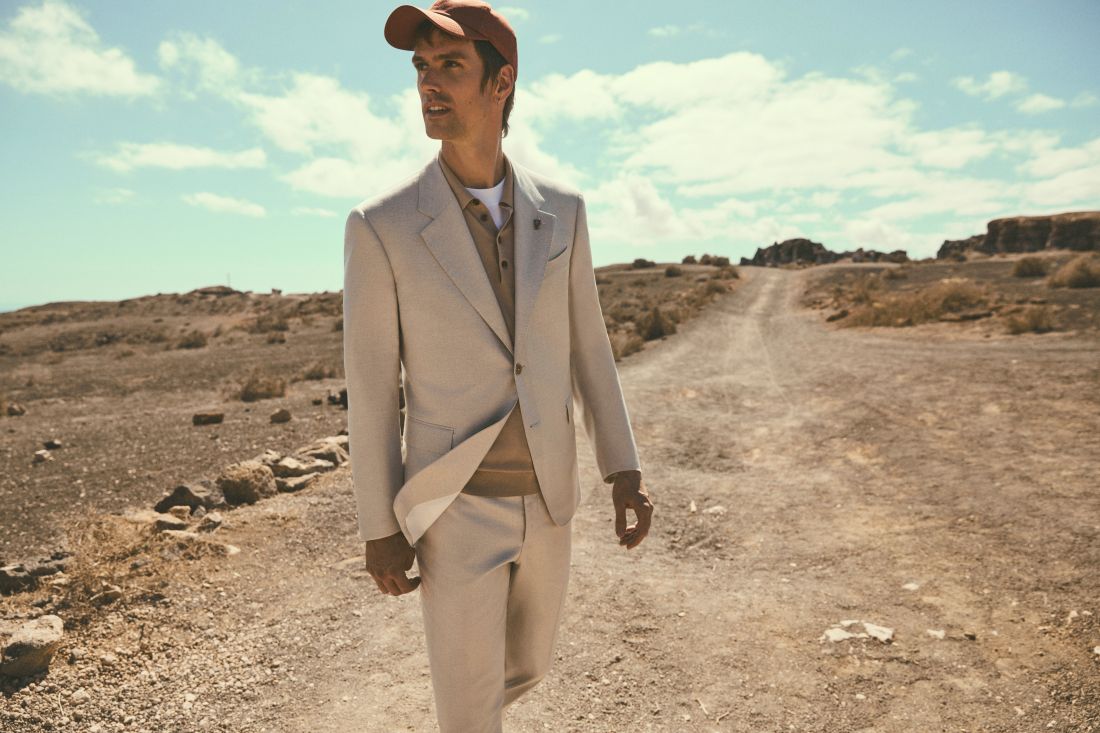 What does the next five years hold?
What does the next five years hold?
On that side it’s very interesting. I was talking with a shareholder and he told me: ‘Leo, you did a very good job this year. It was difficult because of the change of habits from customers, and the turnaround of the company. Now show me that you can do the same good job in growing the company; double its size.’
So it was kind of ‘congratulations’, but the challenge now is to create a brand platform that communicates to the customer what I’m talking about now. Where we come from, why people should believe in our message. Once the platform is there, it’s all about a go to market strategy. [Beyond the UK,] we’ll be looking for new customers in markets that are not yet fully developed: North America, the Far East, Southeast Asia, we have good potential in Vietnam and Indonesia. They have a culture of tailoring and they wear a lot of casual pieces, so they might be interesting for us.
For anyone looking for a career in the industry, or an understanding of your process, what would you tell them?
Patience is everything when we do this job, passion for product and involvement.

